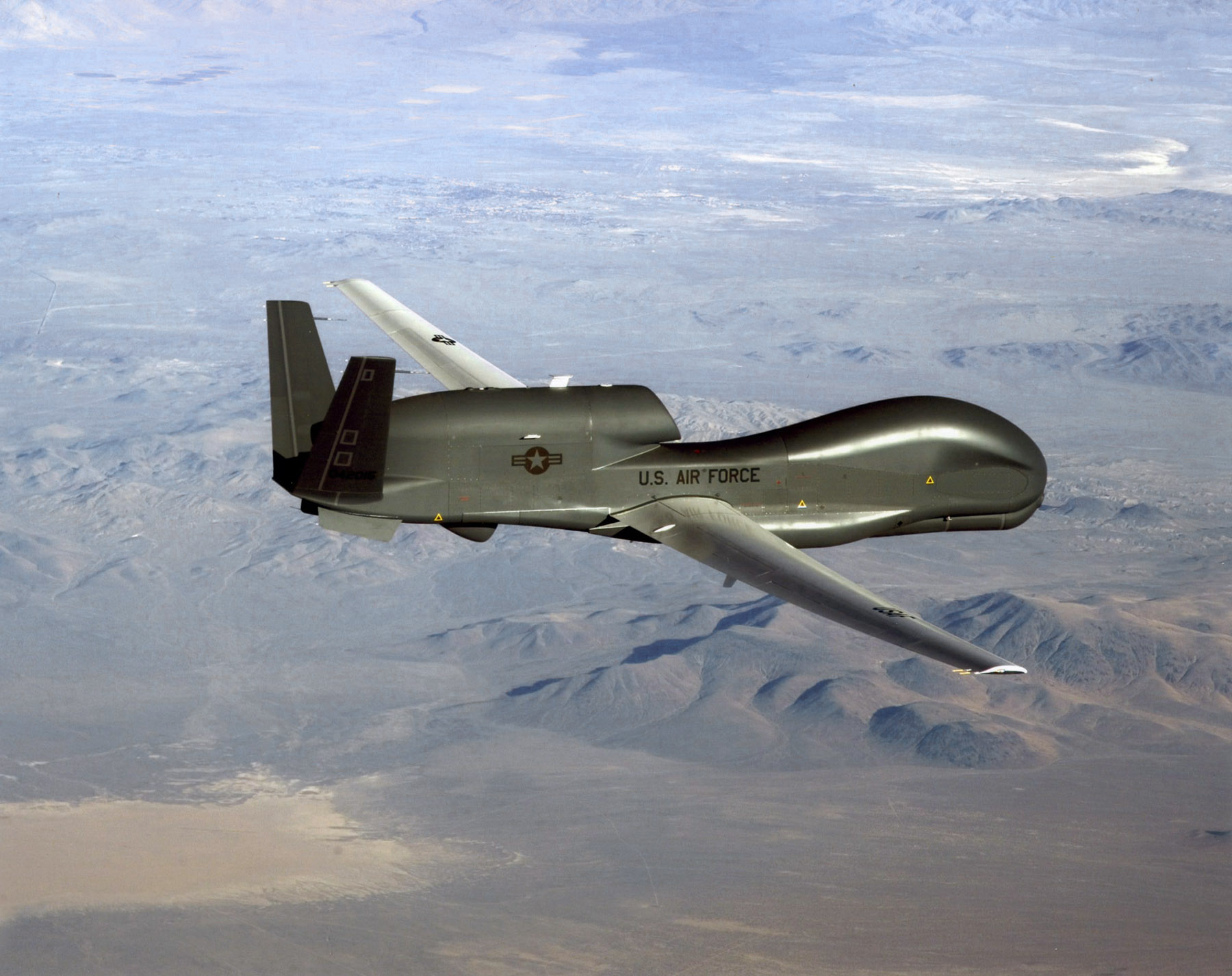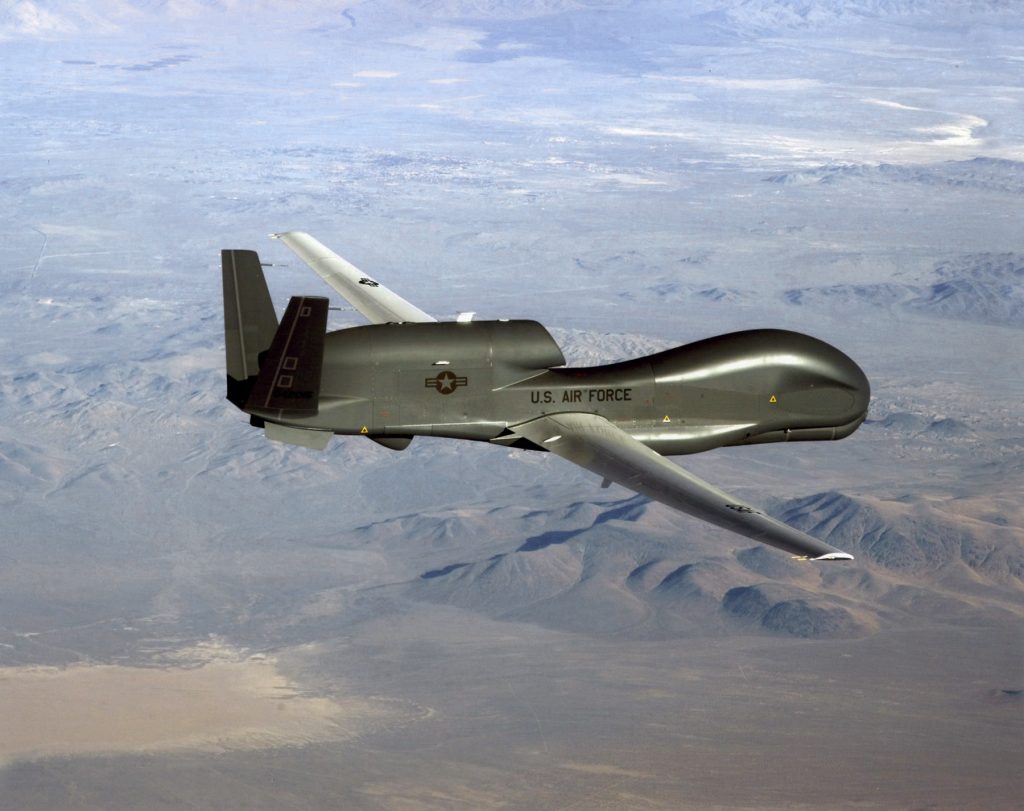
The Department of Defense announced today that it is terminating its purchase of the Block 30 variant of Northrop Grumman’s RQ-4 Global Hawk. The Block 30 Global Hawk is an unmanned aerial vehicle (UAV) and “multi-intelligence platform” designed to simultaneously carry imagery and signals intelligence.
Deputy Defense Secretary Ashton Carter said the Block 30 “had priced itself out of the niche . . .That’s the fate of programs that are too expensive.” Each Block 30 aircraft is estimated to cost about $215 million. The U.S. Air Force was planning to buy forty two of these Global Hawks and according to Defense News will now “mothball what remains of its recently acquired fleet.” The Air Force plans to use U-2 spy planes instead of the Block 30s in its possession.
The Air Force currently has eleven Block 30s Global Hawks in the field, supporting every geographic combatant command. They have already seen action in Operations Enduring Freedom, Iraqi Freedom, Odyssey Dawn, and Tomodachi. The existing Block 30s only have imagery sensors. Sensors for signals intelligence were planned to be added in fiscal 2012.
Carter said that neither the Block 40 nor the Navy versions of the Global Hawk will be affected by the decision to stop purchasing the Block 30. Germany’s EuroHawk program and the five Block 40 Global Hawks for NATO’s Alliance Ground Surveillance (AGS) program will also not be affected.
But at a time of austerity in defense budgets and an urgent need to address the capabilities gap within NATO; does it make sense to mothball eleven operational Block 30 Global Hawks?
The reason given for why the U.S. has chosen to not fly the Block 30s any longer is high maintenance cost. But instead of allowing these technologically advanced assets that are already paid for to simply collect dust, the U.S. should contribute five of them to NATO’s AGS program.
The maintenance costs for these combat-tested UAVs will be cheaper than NATO purchasing five new Block 40s, which are estimated to cost at least $400 million each. In comparison, France recently offered a Heron TP UAV as its contribution, in lieu of money, to support NATO’s AGS program. A Heron modified to meet NATO standards is estimated to cost between $400 to 700 million.
Even with the cost of upgrading the current Block 30s with the planned SIGINT sensors, these Global Hawks will produce considerable budget savings for NATO. The sunk cost Block 30s may not provide all of the capabilities of the Block 40s, but they will be more interoperable than the Heron TP and can deliver far more capabilities per dollar than the Block 40. This compromise would save money not just for the 13 NATO members (including the US) participating in the AGS program, but for all 28 alliance members because the alliance as a whole plans to share the maintenance costs of the Global Hawks in exchange for access to information from the UAVs.
Secretary of Defense Leon Panetta has told the Europeans that “AGS is not only a crucial symbol of alliance cooperate it is indeed a true bargain for NATO. Unless it is implemented successfully, the drive for similar, cost-effective, multinational approaches to capability development would be seriously undermined.”
A U.S. contribution of five Block 30s to AGS would be a powerful example of the “pooling and sharing” model Panetta and other NATO leaders have said is necessary to prevent continuing defense cuts from depriving NATO of necessary defense capabilities. The US and NATO allies eagerly support the concept of “pooling and sharing” in speeches, but seem reluctant to actually implement it. NATO’s fear of bold and innovative ideas is not sustainable. As Secretary General Anders Fogh Rasmussen pointed out, in this current age of austerity, “the crisis makes cooperation between nations no longer a choice. It is a necessity.” (photo: USAF)
Image: USAF%201%2026%2012%20Block%2030%20Global%20Hawk.jpg
